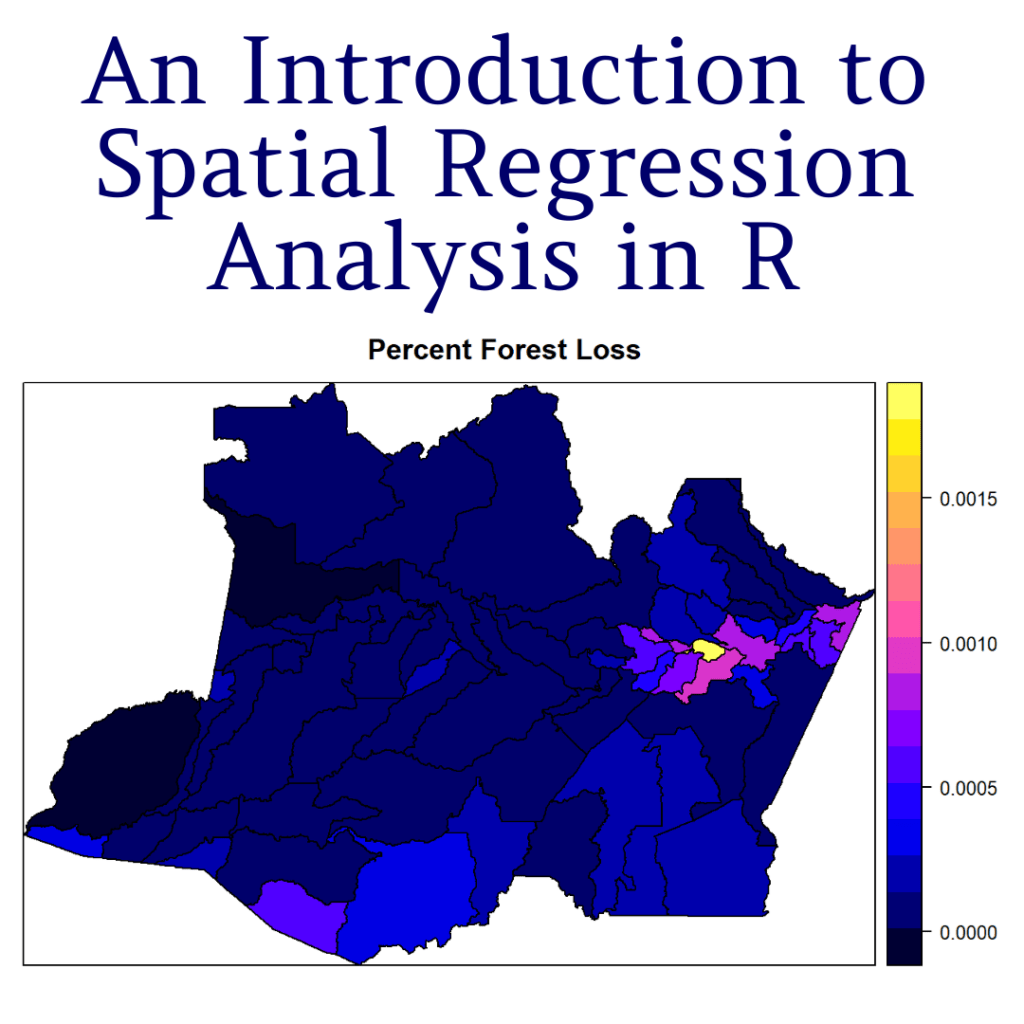
About Course
Spatial analysis with R involves the use of the R programming language and various packages to analyze and visualize spatial data. Spatial analysis is particularly useful for examining geographic patterns, relationships, and trends in data. Here’s a brief introduction to spatial analysis with R:
1. Installation and Setup:
- Install R and RStudio, if not already installed.
- Install the necessary spatial packages, such as
sffor simple features,spfor spatial data classes, andleafletfor interactive maps.
2. Loading Spatial Data:
- Import spatial data into R. Common spatial data formats include Shapefiles, GeoJSON, and spatial databases.
- Use functions like
st_read()from thesfpackage orreadOGR()from thergdalpackage to read spatial data.
3. Exploring Spatial Data:
- Understand the structure of spatial objects. Common spatial data classes include
sfandSpatialclasses. - Use functions like
head(),summary(), andplot()to explore the spatial data.
4. Spatial Visualization:
- Create static maps using functions like
plot()andtmap::tm_plot(). - Generate interactive maps with the
leafletpackage for exploration and presentation.
5. Attribute Joins:
- Join spatial data with attribute data using common identifiers.
- Use functions like
merge()orsf::st_join()to perform attribute joins.
6. Spatial Analysis Techniques:
- Conduct spatial analysis using functions like
sf::st_buffer()for buffering,sf::st_intersection()for intersections, andspdepfor spatial autocorrelation. - Perform point pattern analysis, spatial clustering, and spatial regression.
7. Spatial Data Manipulation:
- Manipulate spatial data using functions like
sf::st_transform()for coordinate transformation andsf::st_union()for spatial unions. - Clip, intersect, or aggregate spatial data based on your analysis needs.
8. Spatial Data Modeling:
- Apply statistical models to spatial data using packages like
spatialregfor spatial econometrics orINLAfor Bayesian spatial modeling. - Conduct geostatistical analysis for spatial prediction and interpolation.
9. Geocoding and Reverse Geocoding:
- Use geocoding functions to convert addresses to spatial coordinates and reverse geocoding functions to obtain addresses from coordinates.
- Some packages like
tmaptoolsprovide geocoding functions.
10. Handling Raster Data:
Student Ratings & Reviews

No Review Yet


